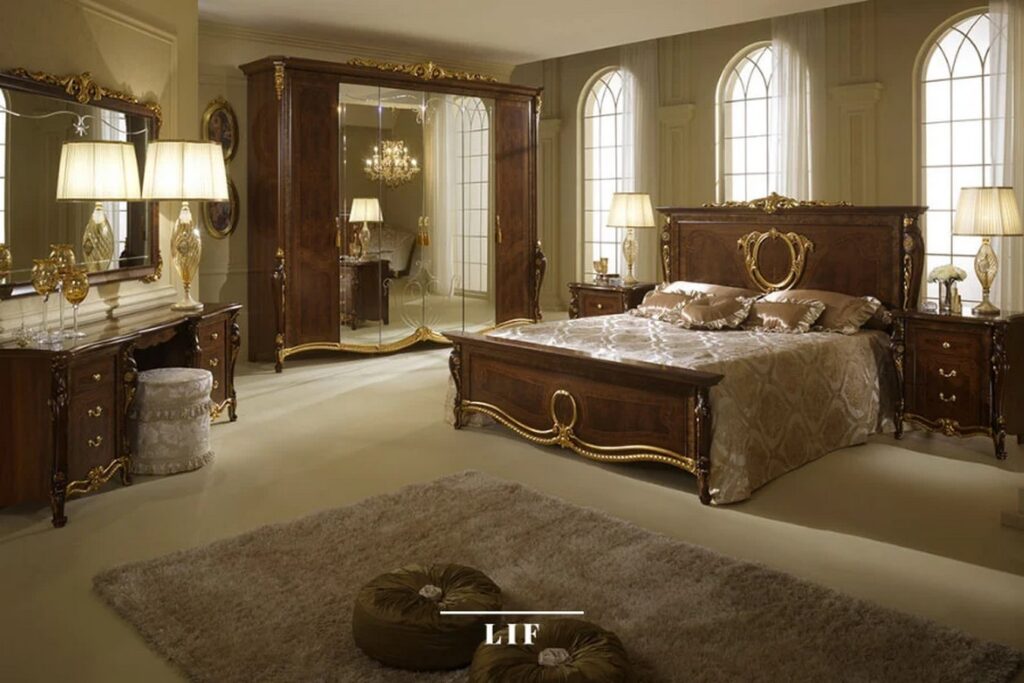Each room in a house serves a distinct purpose, and therefore, requires different color schemes to suit its function. When it comes to bedrooms, the primary focus is on rest, silence, intimacy, and relaxation. The color palette and schemes chosen for the bedroom play a crucial role in creating an atmosphere that promotes restfulness and aligns with the desired interior design style.

The Color Characteristics
Before delving into the best color schemes for bedrooms, it’s essential to understand the basic characteristics of colors:
Primary, Secondary, and Tertiary Colors
- Primary Colors: These are red, blue, and yellow, which cannot be created by mixing other colors.
- Secondary Colors: These are generated by mixing two primary colors, such as purple (red + blue), green (yellow + blue), and orange (yellow + red).
- Tertiary Colors: These result from mixing primary colors in different proportions, producing shades like purplish red, yellowish green, and orange-yellow.
Color Temperature
Colors are categorized into warm, cool, and neutral based on their temperature:
- Warm Colors: Includes shades like red, yellow, and orange, along with earth tones, which evoke warmth and coziness.
- Cool Colors: Encompass various shades of blue, green, and turquoise, known for their calming and tranquil qualities.
- Neutral Colors: Range from white to black, providing a sense of well-being, calmness, and concentration.

The Interpretation of Colors in Interior Design
In interior design, colors are classified based on the final effect they create in a room:
- Monochrome: Tone-on-tone use of the same color for a clean, minimalist effect.
- Complementary: Bold juxtaposition of complementary colors, doubling their expressive power.
- Similar: Mixing three neighboring colors on the color wheel, creating a harmonious blend.
- Divergent Complementary: Choosing two colors adjacent to the complementary color, offering a less extreme yet effective contrast.
What Colors Should You Choose for the Bedroom?
Scientific studies have shown that certain colors have a significant impact on promoting rest and relaxation, making them ideal choices for bedrooms:
- Blue: Known to induce a calming effect, making it an excellent choice for bedroom walls.
- Green and Yellow: Also conducive to restful sleep, providing a sense of tranquility and relaxation.
- Neutral Shades: Colors like grey, beige, and ivory offer versatility and elegance, promoting a serene environment.
5 Tips for Matching Bedroom Colors
When choosing bedroom colors, consider the following tips to create an intimate, cozy, and restful ambiance:
- Indulge Your Taste: Prioritize colors that resonate with your personal style and preferences.
- Monochrome Scheme: Create a functional sleeping environment by using muted tones for a calming effect.
- Opt for Pastel Shades: Choose subdued hues to maintain a peaceful atmosphere in the bedroom.
- Clean, Essential Style: Maintain color balance across all elements to achieve a harmonious and minimalist look.
- Choose Neutral Colors: Neutral tones offer versatility and elegance, providing a soothing backdrop for restful sleep.
How to Choose Bedroom Colors Based on Furniture
The color of bedroom furniture influences the overall ambiance of the room:
- Dark Furniture: Pair with light and neutral wall colors like beige or dove grey to add brightness and balance.
- Light Furniture: Opt for brighter wall shades such as blue or green to complement the light-colored furniture and accessories.

By carefully selecting bedroom colors that promote relaxation and complement the furniture, you can create a harmonious and inviting space tailored to your preferences and style.









Leave a Reply